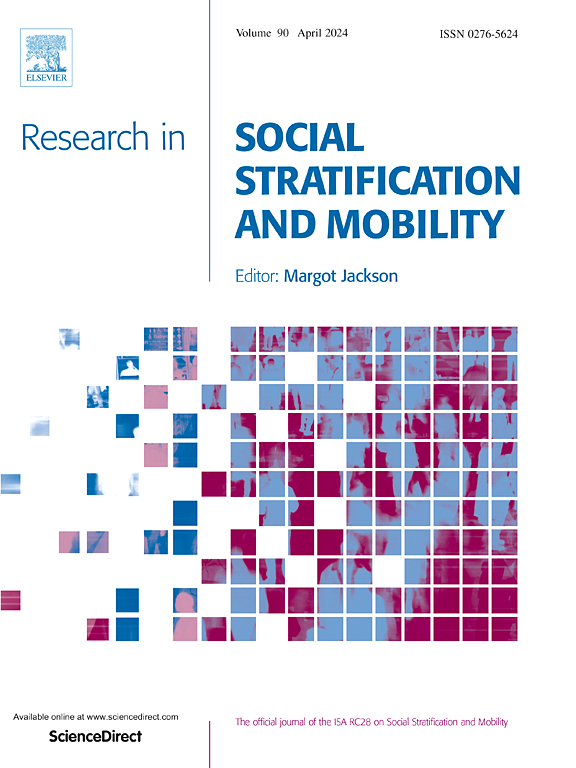最近进入大学的男女学生学历的稳定性和变化
IF 2
1区 社会学
Q1 SOCIOLOGY
引用次数: 0
摘要
在短短几代人的时间里,女性在高等教育方面取得了长足的进步,现在在大学入学率和毕业率方面远远超过了男性。特别是考虑到女孩往往在各个教育层次都有更高的成就,一些学者和评论员开始提出这样的问题:在美国,哪些男性和女性在学术资格方面能上大学——尤其是那些与最大的经济和社会回报相关的精英大学。我们使用2002年教育纵向研究(ELS-02)和2009年高中纵向研究(HSLS-09)的数据来评估这些问题,这是在最近大学竞争力增强的时代收集的两个具有全国代表性的数据集。我们发现,在同等学历的情况下,男性和女性进入顶尖大学的机会大致相同。然而,重要的是,我们观察到在学术等级的底层发生了巨大的变化,越来越多准备不足的男性选择两年制大学,接受高等教育的比例与同等条件的女性相当。因此,尽管许多评论倾向于关注精英机构,但非精英机构最近的变化对更广泛的教育趋势的影响要大得多。讨论了性别和教育不平等研究的意义。本文章由计算机程序翻译,如有差异,请以英文原文为准。
Stability and change in the academic qualifications of recent men and women college entrants
In the span of only a few generations, women have made great strides in higher education, and now far outpace men in college enrollment and completion. Especially given that girls tend to have higher achievement across levels of education, some scholars and commentators have begun to raise questions about which men and women, in terms of academic qualifications, attend colleges in the U.S.—particularly elite colleges that are associated with the greatest economic and social returns. We assess these questions using data from the Education Longitudinal Study of 2002 (ELS-02) and the High School Longitudinal Study of 2009 (HSLS-09), two nationally representative datasets collected during this recent era of heightened college competitiveness. We find that men and women had roughly equal chances of attending top colleges given equal academic qualifications. Importantly, though, we observe large changes at the bottom of the academic hierarchy, with less-prepared men increasingly opting into two-year colleges and attending higher education at similar rates as comparably qualified women. Thus, while much commentary tends to focus on elite institutions, recent changes at non-elite institutions are much more consequential for broader educational trends. Implications for research on gender and educational inequality are discussed.
求助全文
通过发布文献求助,成功后即可免费获取论文全文。
去求助
来源期刊
CiteScore
7.80
自引率
6.00%
发文量
46
期刊介绍:
The study of social inequality is and has been one of the central preoccupations of social scientists. Research in Social Stratification and Mobility is dedicated to publishing the highest, most innovative research on issues of social inequality from a broad diversity of theoretical and methodological perspectives. The journal is also dedicated to cutting edge summaries of prior research and fruitful exchanges that will stimulate future research on issues of social inequality. The study of social inequality is and has been one of the central preoccupations of social scientists.

 求助内容:
求助内容: 应助结果提醒方式:
应助结果提醒方式:


